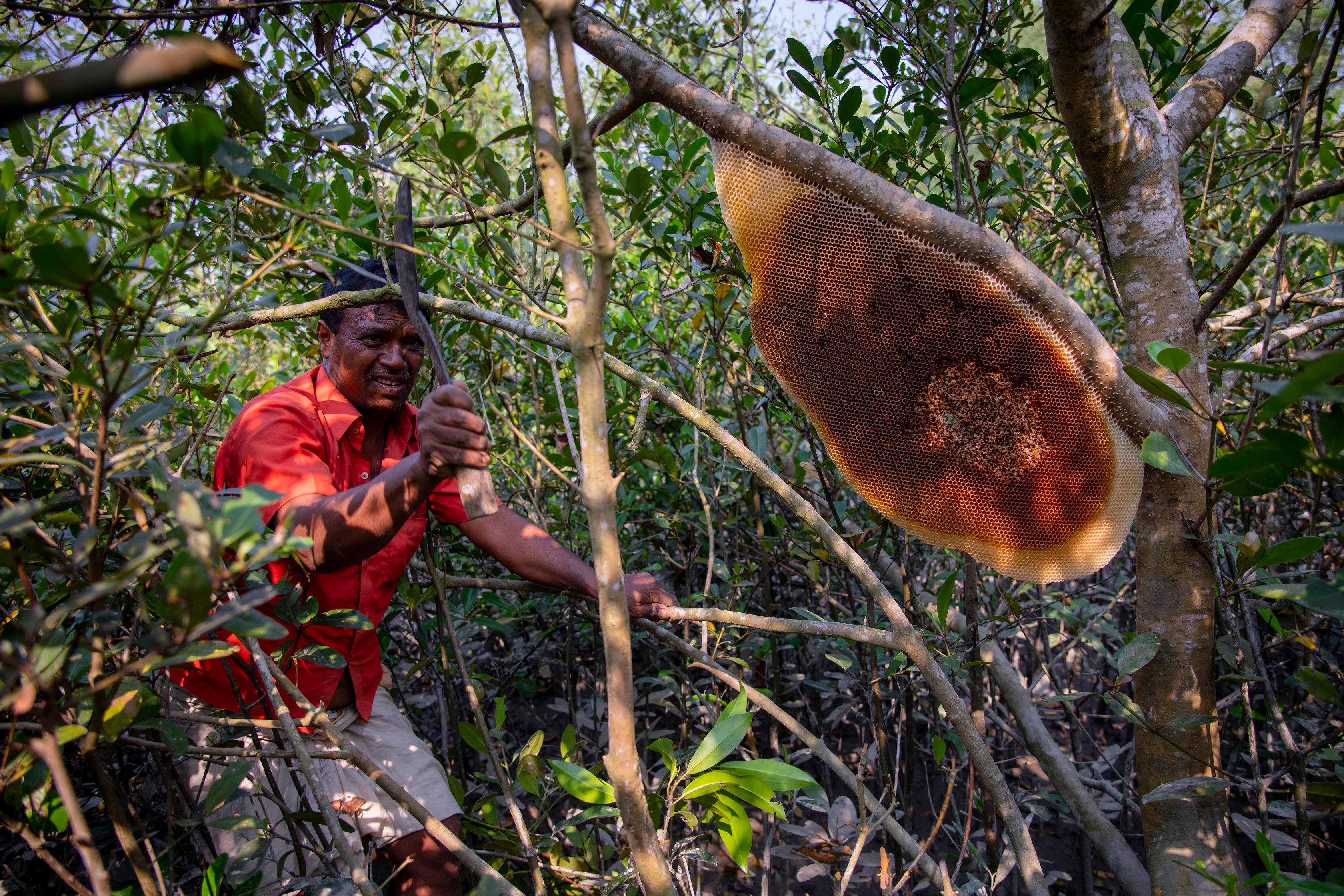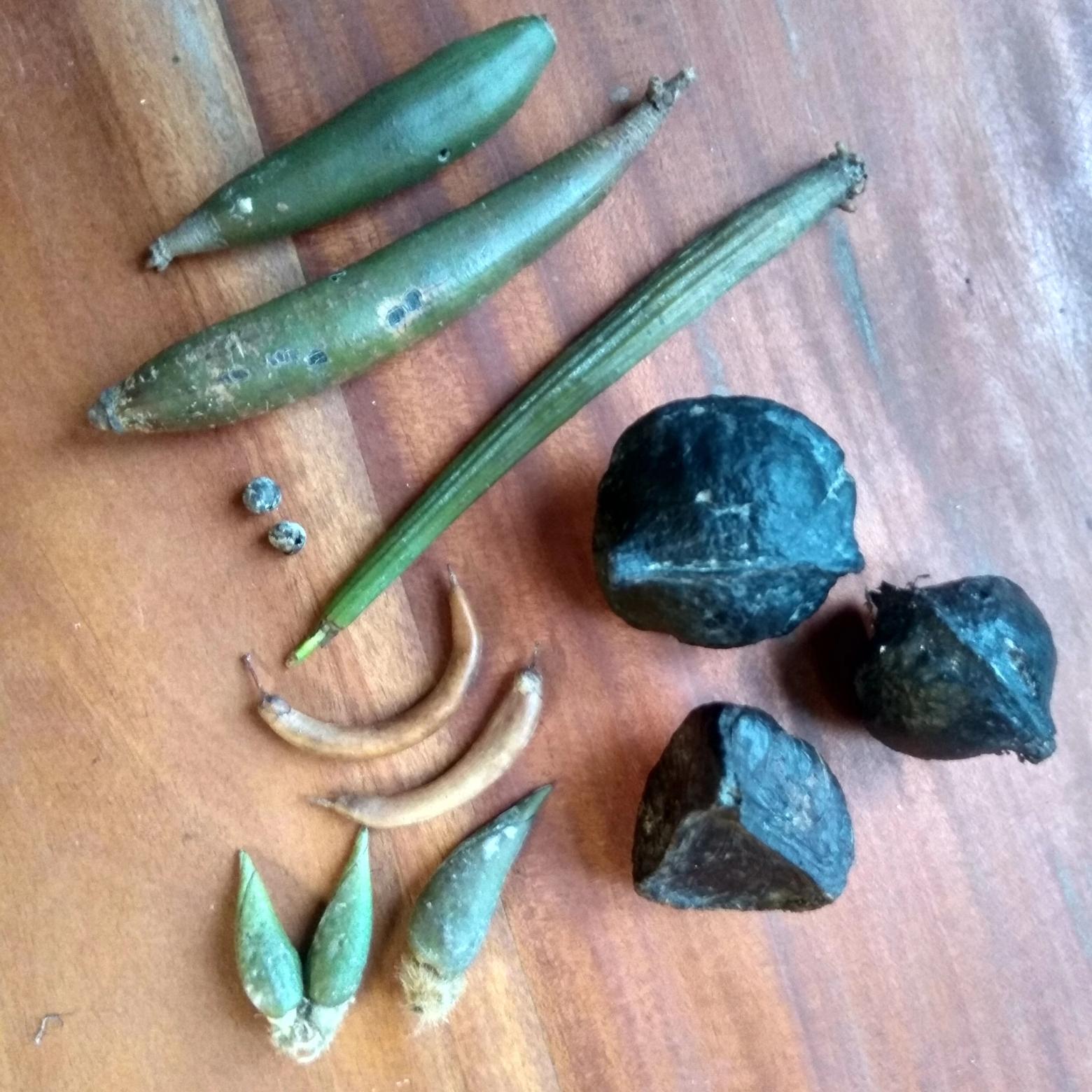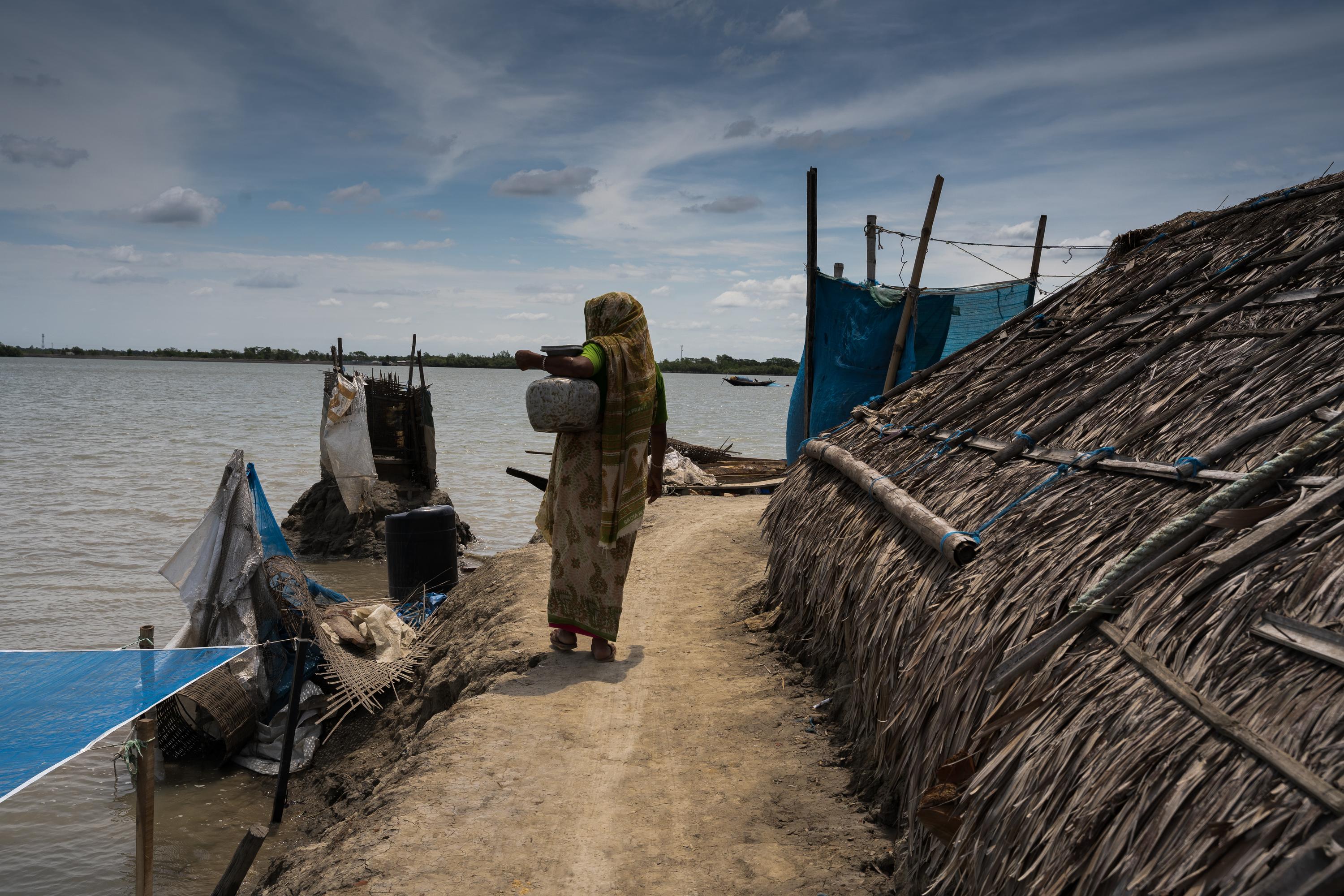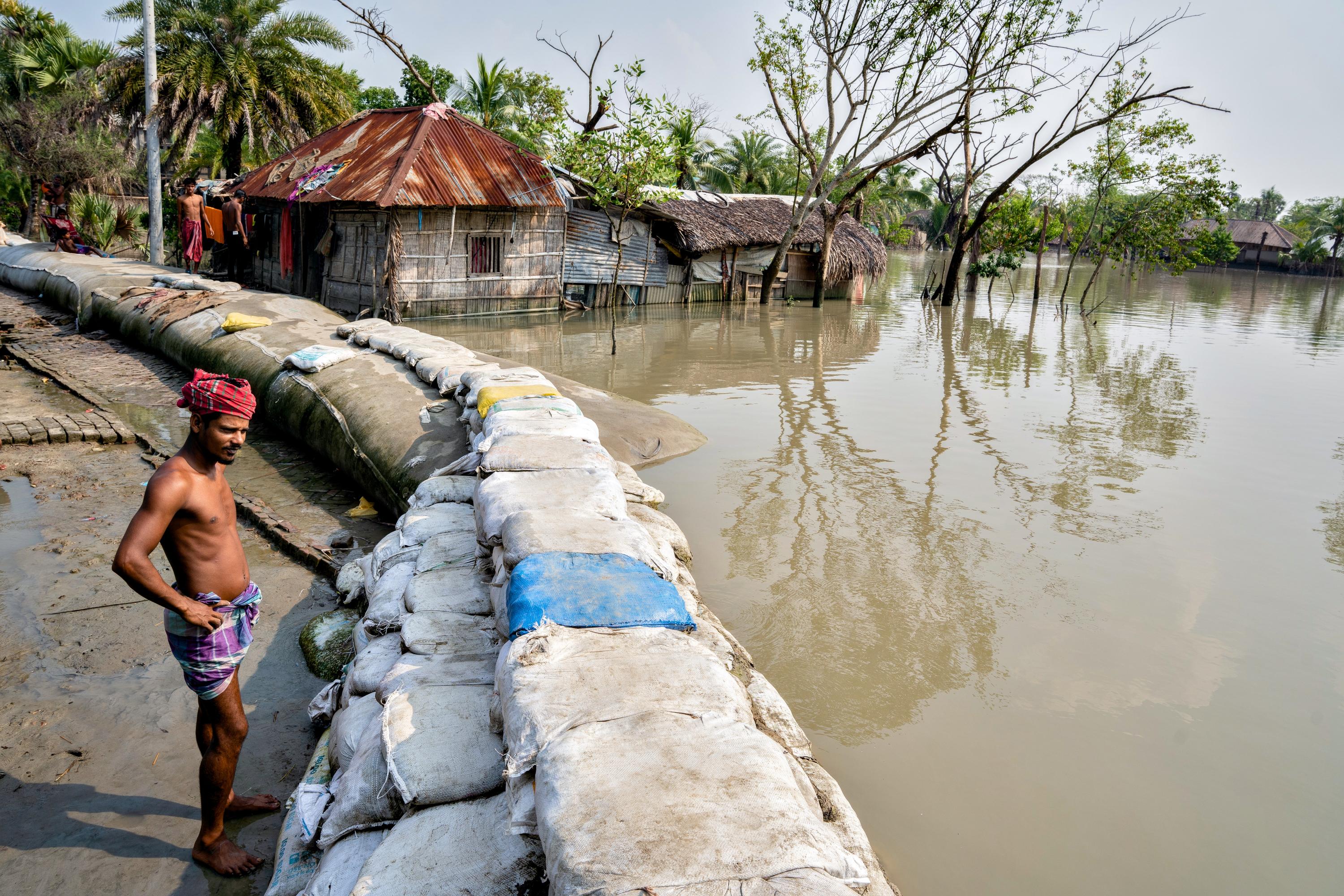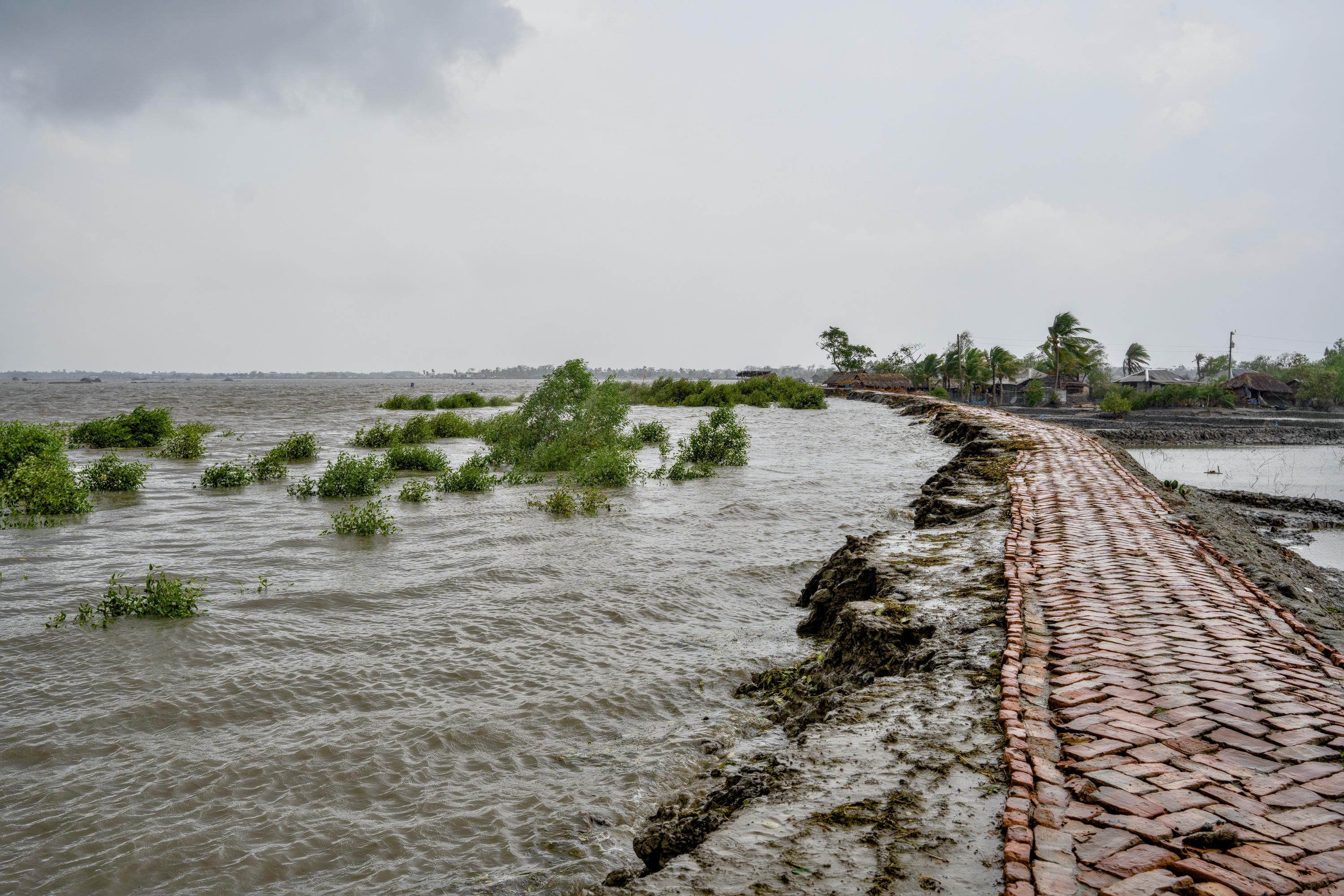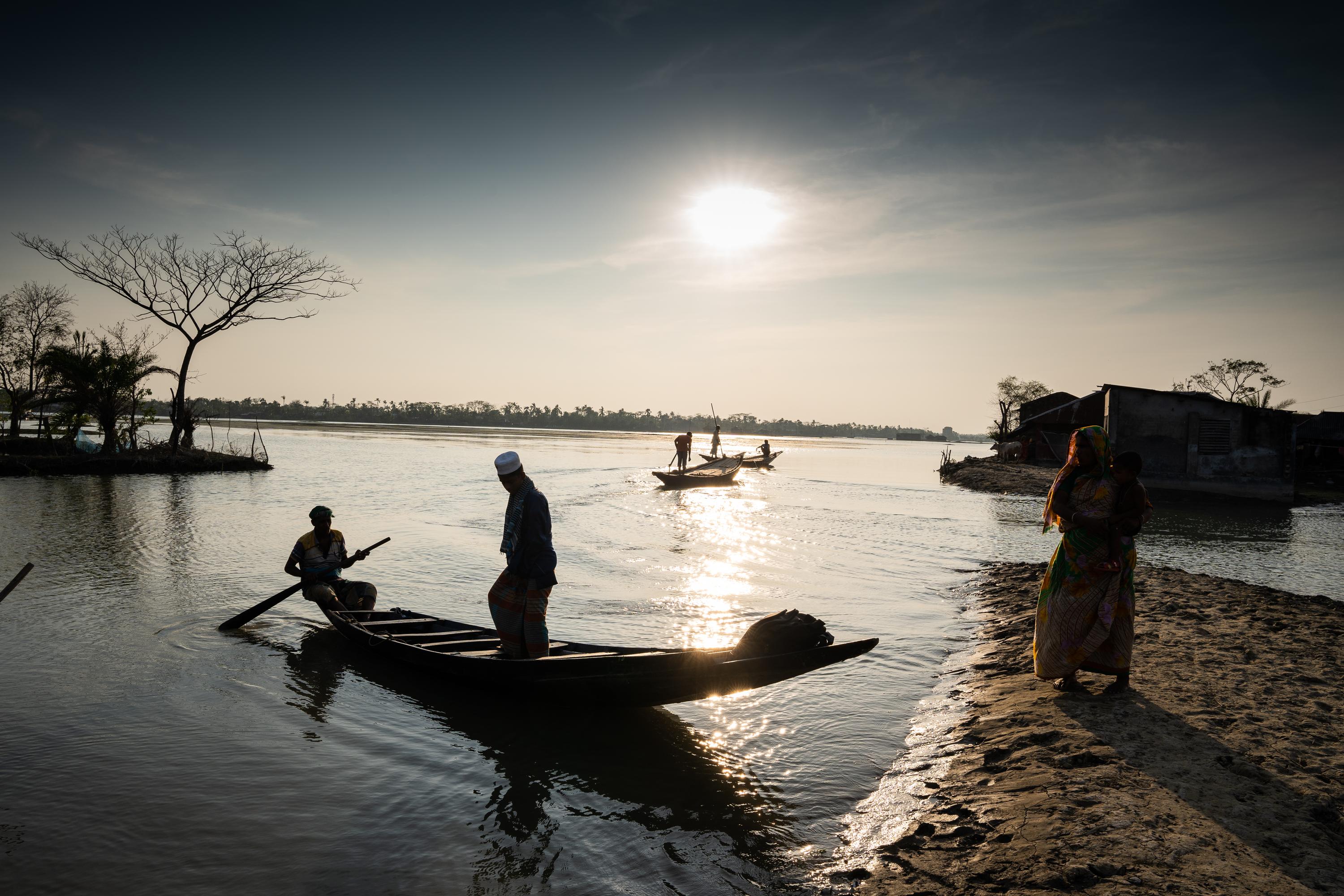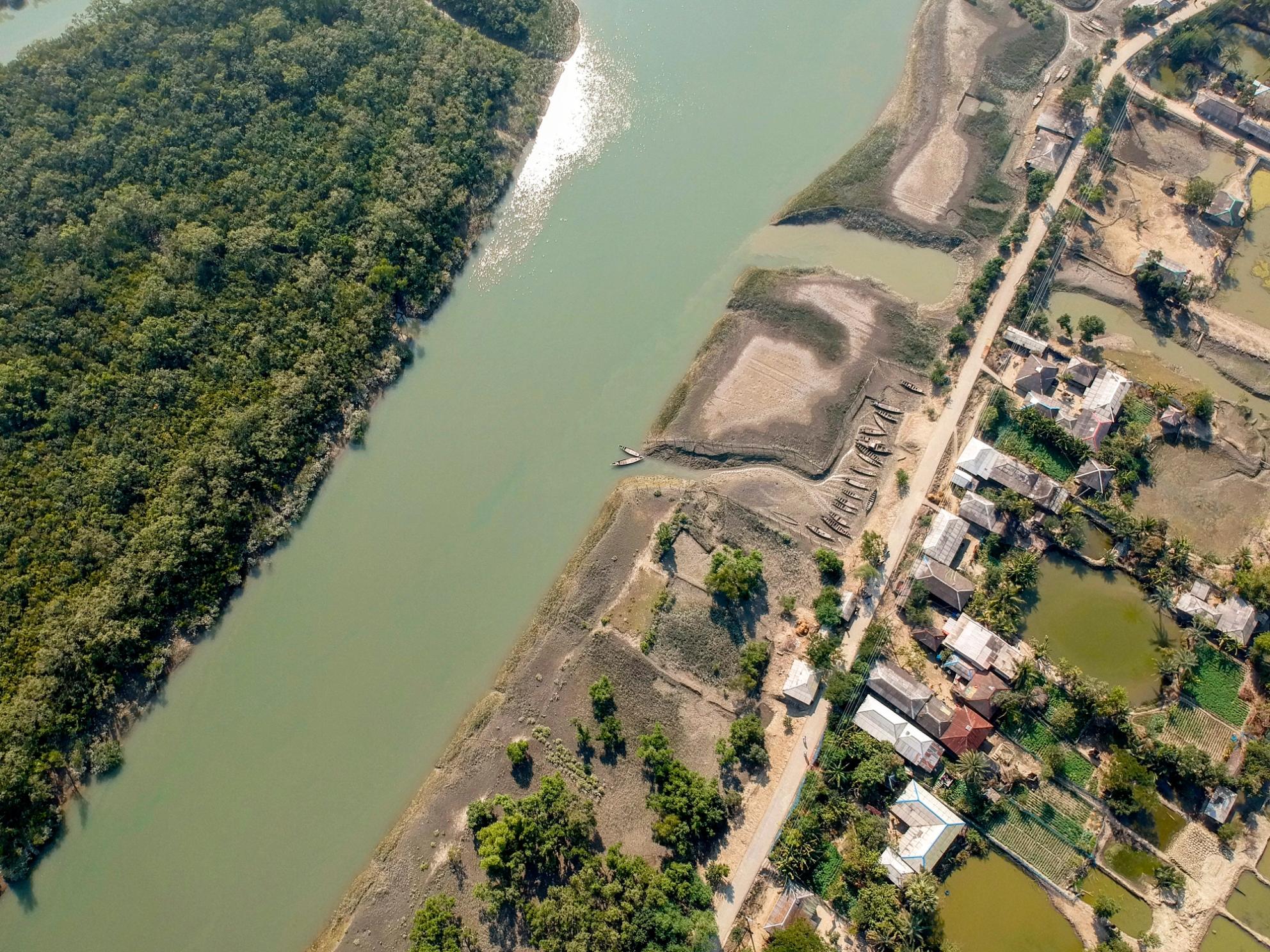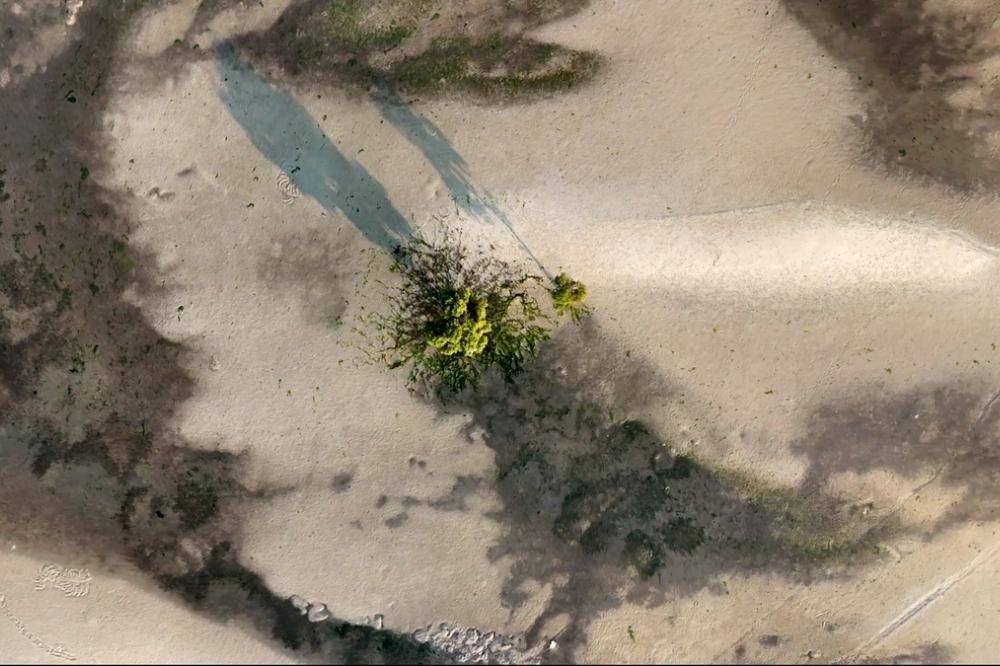Mangrove mother lode
What’s the true value of these amphibious tropical forests?
Video by Danel Wentzel
Where the ocean meets tropical coasts, strange and beautiful things happen. Generally, rivers flow into the ocean. But here, the flow of water is dictated by the moon. Twice a day, during the high tide, the ocean swells, submerging coastal plains and flowing upriver, often for hundreds of kilometers. Fish hop around on land. Trees grow in the sea. Their roots shoot up into the air.
These amphibious, salt-resistant trees, known as mangroves, harbour some of the richest habitats in the world. Among their pneumatophores lobsters, crabs, molluscs, shellfish, and reptiles find homes and breeding grounds. These creatures, in turn, provide abundant food for larger ones, supporting rich ecosystems on land, in water, and in air. Mangroves are what marine researchers call “nursery habitats” for thousands of larger species—many of them commercially important. Then there are snakes, crocodiles, dolphins, otters, deer, egrets—you name it!
Through the ages, people have feared them, revered them, and thrived off their abundance. Around the Sundarbans, the world’s largest continuous mangroves, straddling the border between Bangladesh and India it isn’t uncommon to hear people refer to the forest as mother. Besides being a primary source of income, the forest is a natural first barrier against the Bay of Bengal’s terrific tropical cyclones and tidal surges. Before any expedition into the forest—be it for fish, honey or crabs—both Muslims and Hindus are known to make offerings to Bonbibi, the forest goddess. The dangers during a weeks-long expedition are numerous, and indeed, frightful.
Not least among them is the critically endangered royal Bengal tiger, a 250-kg beast with a fiery coat and 4-inch canines that no fisherman wants to see. But at least 300 have had that misfortune since 2000.
Abundance and safety
But there are reasons why the mangrove is known as the mother. Even during these times of change, the awareness of the mangrove as a giver of life remains strong and very real. Studies in different parts of the world show consistently that communities rely on mangroves for food and for livelihoods (Ickowitz et al., 2023; Carrasquilla-Henao et al., 2019). But it isn’t only local communities that are benefiting from forests. Mangroves contribute to marine fishing on the coast and in the deep sea.
A 2017 study tried to assess the contribution of mangroves to marine fish catch by correlating the two all over India. It found that by providing a breeding ground and a nursery habitat for marine fish species like catfishes, snappers, tilapia, crabs, prawns and pomfrets, each hectare of mangroves was responsible for 1.86 tonnes of marine fish catch—amounting to 23% of total marine fish production in the country (Anneboina and Kumar, 2017). According to the IUCN, “14% of current fishing effort is supported by mangroves.”
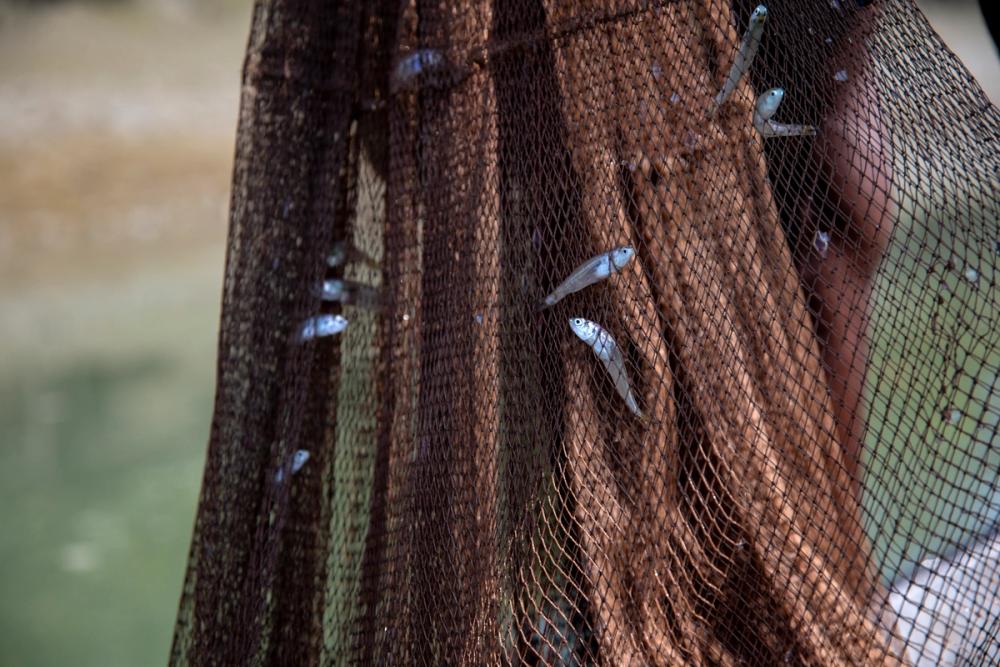
All over the world, overexploitation is causing fish stocks to decline. As canals of the mangrove are depleted of fish, finer nets make a desperate attempt to pick out whatever is left. But by trapping immature fish, these techniques cause irreversible and permanent damage. ©KM Asad/Friendship
In 2004 when an unprecedented tsunami tore through the Indian Ocean, killing 230,000 people, mangroves were an unlikely saviour. Analysis of satellite imagery of habitations and coastal vegetation showed that areas buffered by mangroves were spared considerably, compared to areas that were not protected by coastal vegetation. Analytical models showed that forests with over 30 trees per 100 sq. metres may reduce the maximum flow of tsunamis by as much as 90 per cent (Danielsen et al., 2005).
"The tsunami left a horrific human tragedy in its wake but also some lessons,” said Faizal Parish, director of the Global Environment Centre in Malaysia and a co-author of the study. “Among them is the tremendous importance of mangroves, which are one of the world's most threatened tropical ecosystems." The authors noted that a large amount of mangroves had been destroyed in the decades preceding the tsunami.
"In the five countries most affected by the tsunami, human activities reduced the area of mangroves by 26 percent between 1980 and 2000," said Selvam Vaithilingam, a co-author of the study and programme director with the M.S. Swaminathan Foundation in Chennai. "The sorrow I feel over the tsunami is magnified by the knowledge that a great deal of destruction could have been avoided."
The more we learn about mangroves, the more valuable they seem to become. In the years following the tsunami, new scientific papers started to show the extraordinary capacity of marine ecosystems such as seagrass meadows, salt marshes, seaweed stands, and mangroves, to sequester carbon. Mangroves store up to five times as much carbon as their terrestrial counterparts, hectare for hectare, due to their high productivity and slow soil decomposition rates (Alongi, 2009; Donato et al, 2011). Their tangled roots capture organic materials like fallen leaves and trap them into the soil. Where the carbon in terrestrial forests remains sequestered for centuries, the carbon in mangrove soils remains sequestered for millennia.
A persistent but slowing decline
Most of the world’s original mangroves no longer exist. The data on just how much is lost or degraded is varied and often inaccurate. However, we can be certain that in just the second half of the 20th century, we lost at least a third of known mangrove forests—but probably much more (Alongi, 2002; Valiela et al., 2001).Of the remaining mangrove ecosystems, IUCN says half are in danger of collapse due to overexploitation, deforestation, development, pollution, dam construction and sea level rise.
A representation of where mangroves exist, and the loss of mangroves since 1996 using data from Global Mangrove Watch.
Mangroves can be surprisingly resilient. Left alone, they inevitably grow and extend themselves. Together with sea grasses, the tangled roots of mangrove bushes shore up sediments, adding layers to the soil, causing land to accrete and rise from the ocean, eventually forming new sandbars. This allows the flora to diversify, while bringing about surface elevation and new mangroves. Often, this surface elevation outpaces climate change induced sea level rise (Bomer et al., 2020).
Unfortunately, we live in a time when the dollar value of things trumps all other value. But for a system as complex as a mangrove, a dollar value is necessarily reductionist—and inevitably political. If current trends persist the IUCN predicts that the value of mangroves that stand to be lost by 2050, is $36 billion in protection of properties against climatic disasters. But it's unclear whether this figure adequately reflects the social and personal value of lost homes and livelihoods of millions of people. Or if it better represents the market values of properties that are largely in the third world, inhabited by some of the most impoverished people in the world. By comparison, the damage caused by Hurricane Sandy, which thrashed the east coast of the United States of America in 2012, was alone valued at $32 billion in one city.
Beyond protection against disasters, the IUCN recognises the many other costs of the mangroves that stand to be lost by 2050. These endangered mangroves protect the lives of 2.1 million people against climate disasters. There is the copious value of fishing, among other livelihoods, and the social cost of 1.8 billion tonnes of carbon that would be released into the air, which the IUCN pins at $336 billion.
Among ecosystems, mangroves are acknowledged today as some of the most valuable. Yet, in the warped measure of progress in the modern world, the scales too frequently tip away from forests, and towards more lucrative outcomes—the profits from aquaculture or shrimp farming, the electricity from a coal power plant at the edge of the forest, or the luxury of seaside properties.
However, most of the available data agrees on the fact that the rate of mangrove destruction is on the decline. There is greater awareness of the utility of the forest, and greater sophistication of restoration efforts around the world. “Nature-based solutions” such as ecosystem restoration have become part of the development rhetoric. Even the World Bank, infamous for its myopic focus on economic value and lack of nuance in environmental considerations, promotes the use of mangrove plantations in protecting coastal infrastructure.
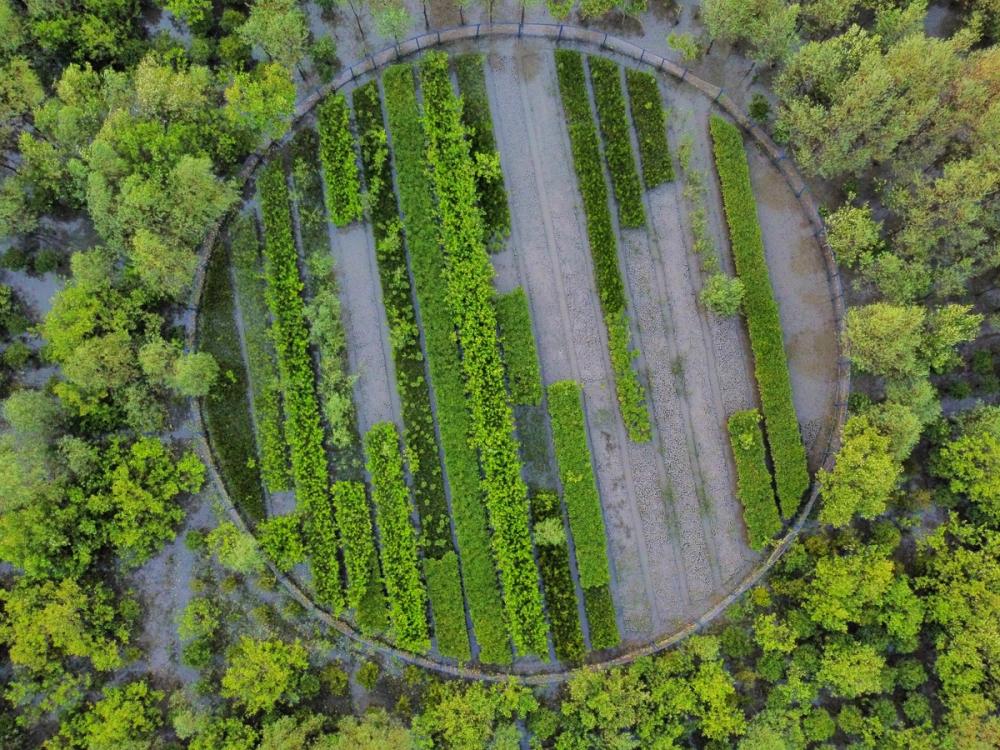
A mangrove nursery within a plantation by Friendship. ©Shafiul Islam Razu/Friendship
With this article, we introduce our coverage of issues impacting mangroves and surrounding communities, and mangrove restoration efforts around the world.
Stay tuned!
Access the complete data set from Global Mangrove Watch here.
Share this story
- Ecosystems and habitats
- People and the sea

